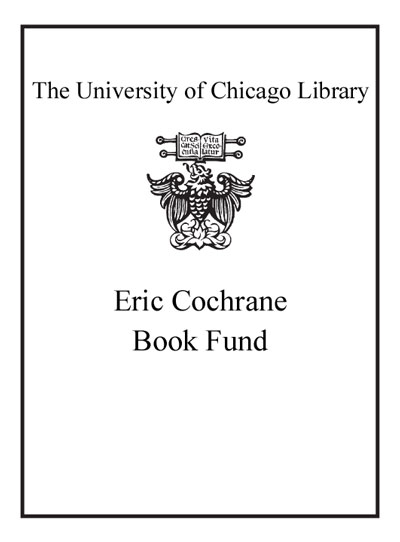Review by Choice Review
Emerging Iconographies provides a survey of innovative iconographic themes in eighth- to ninth-century century Rome, an era when many major images were not yet standardized. Labatt (visual arts, Sweetbriar College) focuses on four case studies, all with differing trajectories. The Anastasis, later synonymous with Byzantine depictions of the Resurrection, actually had its origins earlier in Rome and then fell out of favor in the West. The Transfiguration, in contrast, was subject to various experimental renderings, "good tries" that often did not become the norm. The bejeweled Maria Regina was a new Western image; it never appeared in the East and soon disappeared in the West. Finally, Hezekiah in his sickness turning his face away from the viewer was depicted just once. Labatt is concerned with the evolution of images, their repetition, variation, and occasional dead ends. Synthesizing and critiquing the complex and conflicting scholarship in this field, she counters the traditional view that Western art is always dependent on Byzantium. Instead, she argues for the fertility of Roman image-making, building on its vibrant early Christian past, and turns from stylistic or political arguments to consider issues of religious belief in the period. Summing Up: Recommended. Upper-division undergraduates through faculty. --Judith Hathaway Oliver, emerita, Colgate University
Copyright American Library Association, used with permission.
Review by Choice Review

